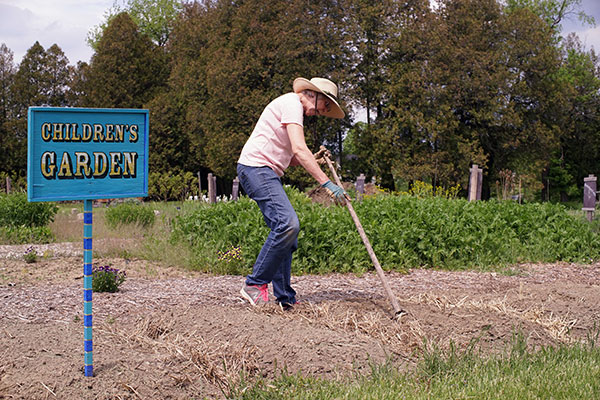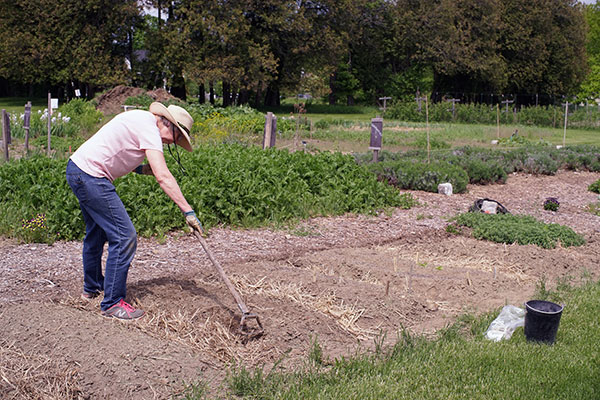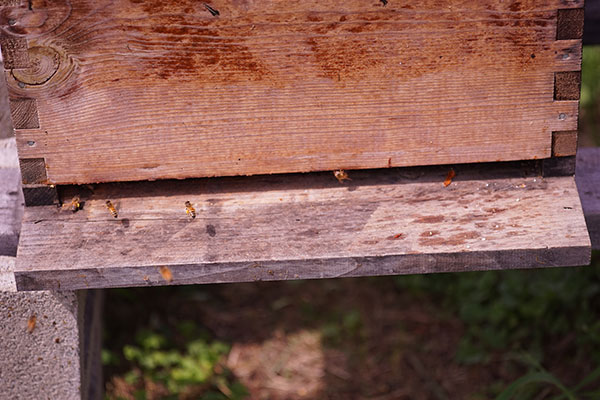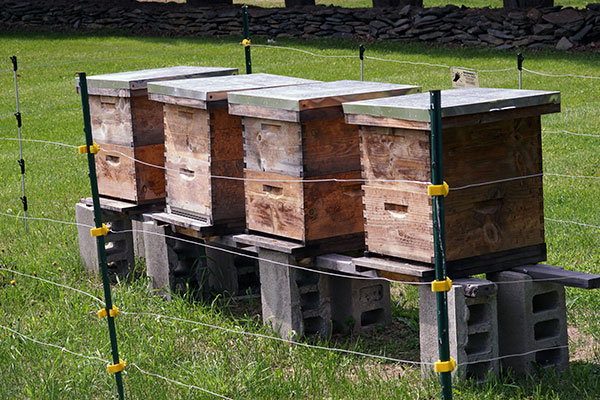Enfield Shaker Museum Garden
The production of herbs was an important Shaker community industry. In the New Hampshire Bishopric, the Shakers listed around 150 different types of herbs for sale to the World’s People. For the Enfield Shakers, the herb industry was focused on the production of patent medicines such as Shaker Anodyne and Brown’s Extract of English Valerian. These types of herbal medications were developed out of physic gardens which were managed by doctors in the community. At Enfield, production of “Shaker Medicines” began in the mid-1830s and continued into the early twentieth century, even after the passage of the 1906 Pure Food and Drug Act.
Today, the Enfield Shaker Museum Garden contains an array of herbs, heirloom fruits, and Shaker-developed plants. These are all examples of species that would have been grown and harvested not only by the Shakers, but also other nineteenth-century Americans. Today, these gardens are maintained collaboratively by the Museum’s Garden Coordinator and the dedicated participants of our Village Gardeners program.
To learn more about the historic plants in our garden click here.
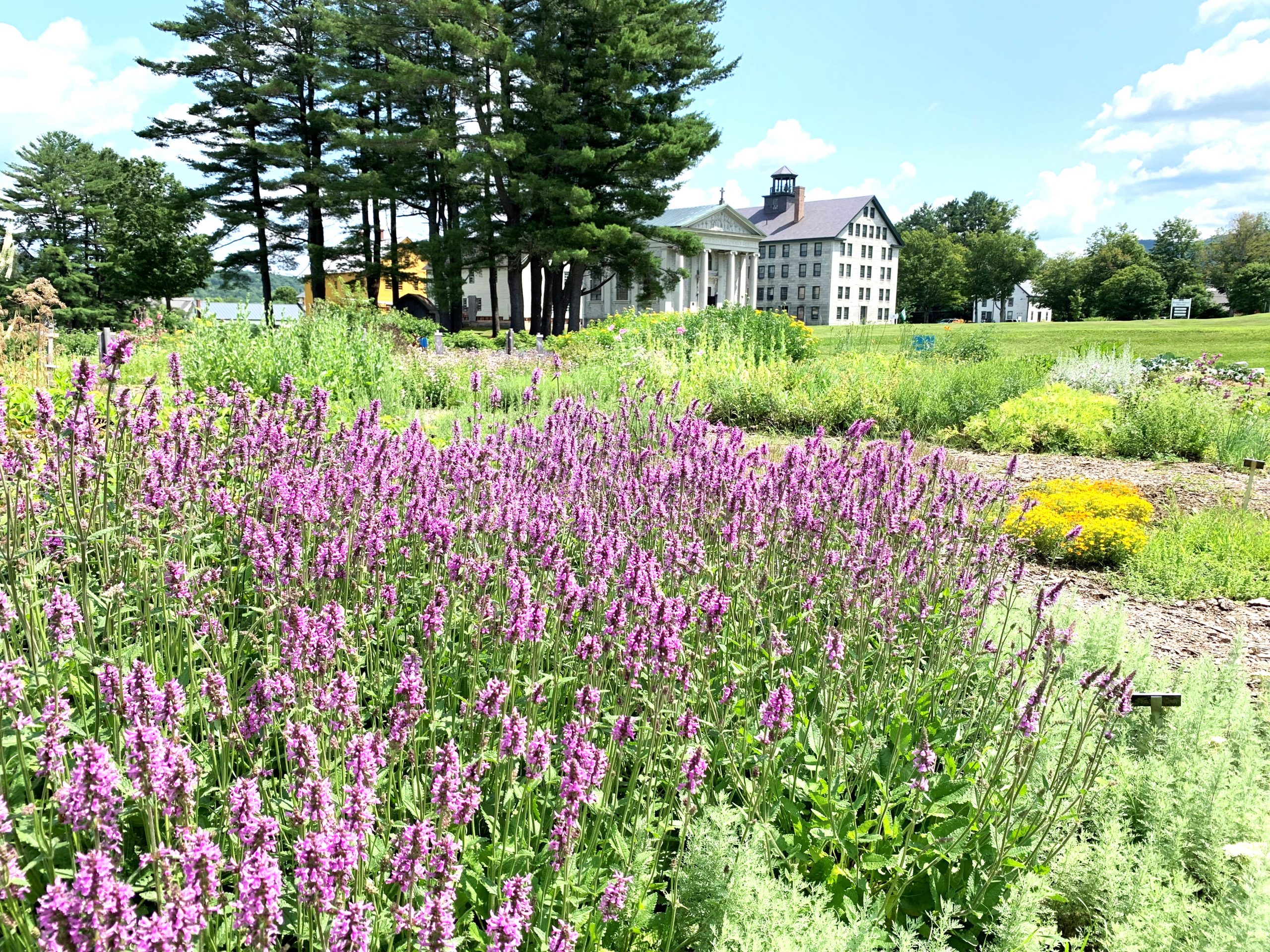
Village Gardeners Program
Become a Village Gardener this summer and learn new skills! This popular program, under the direction of our Garden Coordinator and other experts, covers all aspects of herb gardening, soil preparation, garden planning, composting, mulching, propagation, the use of herbs, and harvesting. Village gardeners gather each week to care for the Museum’s herb garden first established in 1987. Each gardener will be enriched with herbal and gardening knowledge which they can then incorporate into their own garden.
The program officially runs from May through October. Each Village Gardener is asked to contribute at least two hours per week to the maintenance of the garden. Village Gardeners meet every Tuesday morning at 9:00 am and/or an additional time on one evening. Gardeners are free to set their own work schedule.


